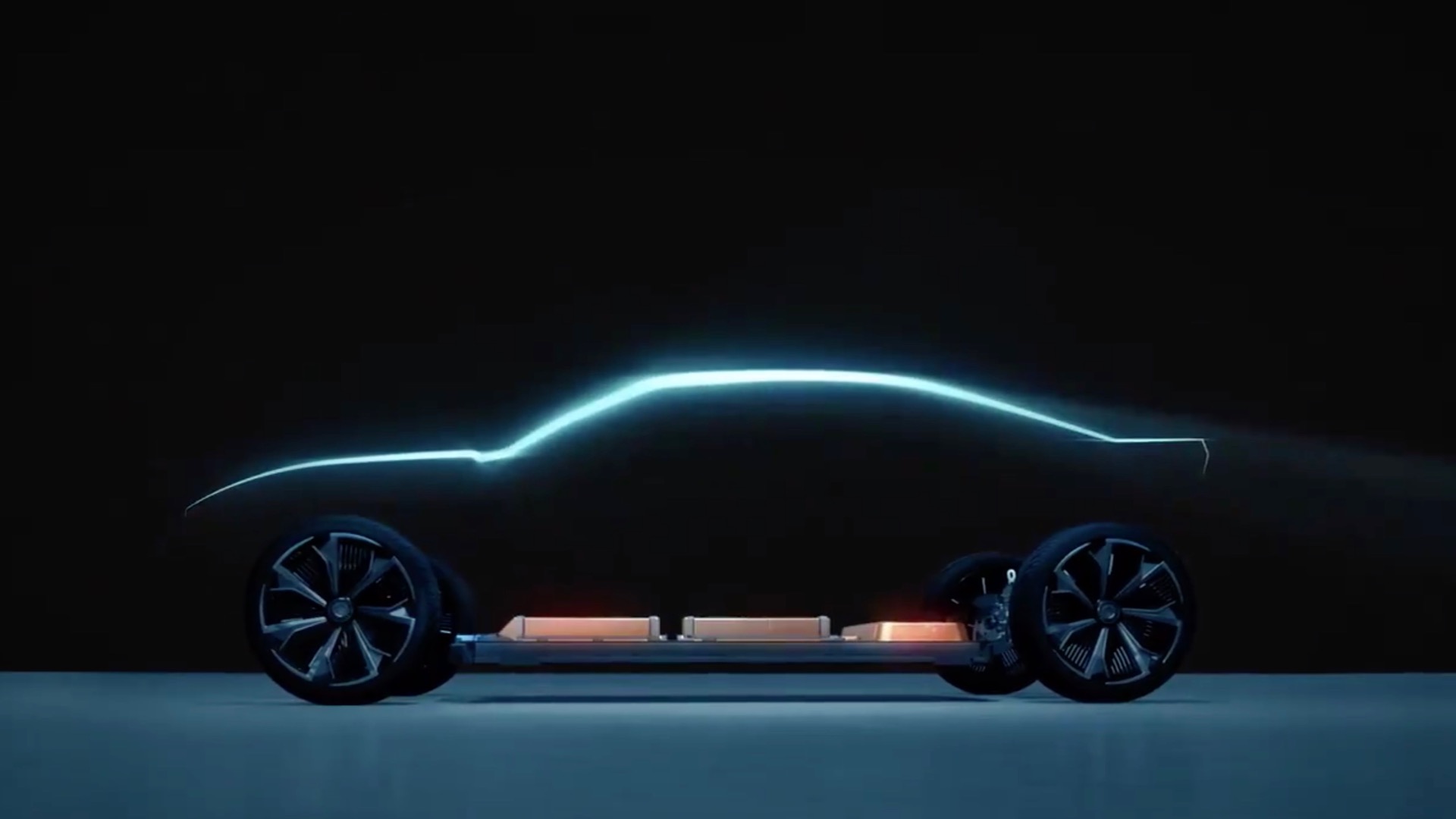[ad_1]
Lithium-ion batteries are what make trendy electrical automobiles attainable. This Engineering Defined video exhibits how they work, and the way they’re manufactured.
The video is sponsored by LG Vitality Answer, which invited Engineering Defined host Jason Fenske to tour its battery plant in Holland, Michigan. One of many largest EV battery suppliers, LG is concerned in, amongst different issues, the Ultium Cells LLC three way partnership with Normal Motors that goals to construct 4 U.S. battery vegetation to provide GM EVs.
A lithium-ion battery is made up of 4 fundamental parts. The cathode and anode are constructive and damaging terminals, respectively. The electrolyte is the medium by means of which lithium ions and electrons between the cathode and anode circulate throughout charging and discharging. The separator retains the cathode and anode from touching—stopping brief circuits.
The cathode is commonly the most costly a part of a battery, which in flip is the most costly a part of an EV. Its materials composition can range, with nickel manganese cobalt (NMC) being among the many commonest. Some automakers have begun shifting to lithium iron phosphate (LFP), which is seen as a extra inexpensive possibility and makes use of fewer scarce uncooked supplies.
Anodes are normally made out of graphite as a result of it will probably retailer massive quantities of lithium. Silicon is being touted another as a result of it will probably doubtlessly retailer much more lithium. Battery agency Sila Nanotechnologies has claimed it will probably enhance EV vary as much as 20% with its silicon anode tech. However silicon may also increase and contract considerably because it absorbs and dissipates lithium.
In present lithium-ion batteries, the electrolyte is a liquid made out of lithium salts and a solvent, with some components. This enables lithium ions to maneuver freely, would not react with the opposite supplies within the battery, and has comparatively low freezing and excessive ignition factors. Automakers and battery companies have been investigating solid-state batteries—during which the electrolyte is a stable materials—for a while, however liquid electrolyte is prone to stay the default for now.
Lastly, the separator is a porous materials that enables lithium ions to go by means of. Its pores may also shut at excessive temperatures as a safeguard towards overheating. With the separator in place to cease brief circuits, lithium ions can journey from the anode to the cathode, a course of that releases electrons which energy the motors. For charging the method is reversed, with lithium ions migrating from the cathode to the anode.
Manufacturing lithium-ion batteries begins by mixing up slurries of cathode and anode materials, that are then smeared onto foil (usually aluminum for the cathode and copper for the anode). The coated items of foil are then lower into battery-cell sized items, laminated with the separator in between, and stacked in a number of layers. Electrolyte is then injected, and the meeting is taken by means of an growing old course of. Accomplished cells are then assembled into modules, with a number of modules making up a battery pack.
[ad_2]

